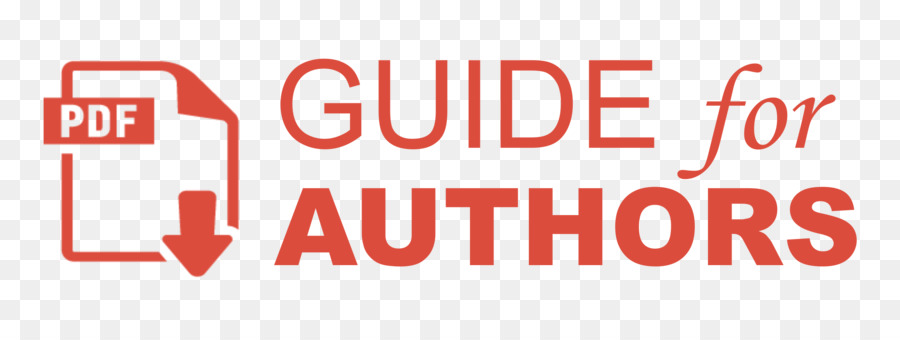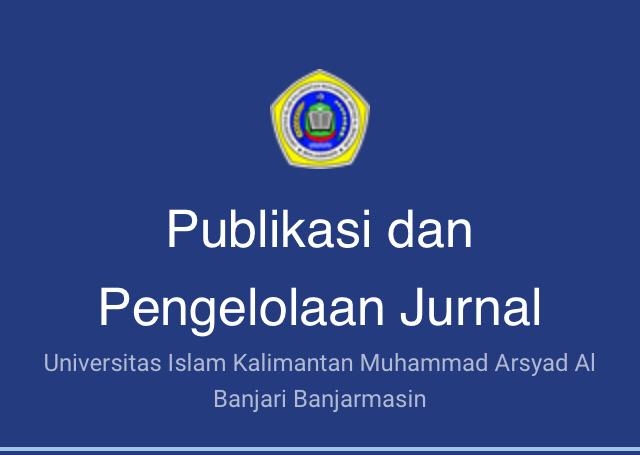Pengembangan Model Pemberian Tambahan Penghasilan Pegawai Dalam Rangka Meningkatkan Kinerja Aparatur Sipil Negara (ASN) Di Lingkungan Kantor Kecamatan Banjarmasin Tengah Kota Banjarmasin
(1) Magister Manajemen Uniska MAB
(2) Magister Manajemen Uniska MAB
(3) Magister Manajemen Uniska MAB
(*) Corresponding Author
Sari
The purpose of this study is to find out and obtain empirical evidence of the application of additional employee income that has been carried out at the Central Banjarmasin District Office, to develop a model for providing additional income at the Central Banjarmasin District Office to improve performance and also to find out what are the obstacles faced in implementing The Model for Providing Additional Employee Income that has been implemented at the Banjarmasin Tengah District Office.
The approach in this study is a qualitative description method supported by interview data collection techniques, observation, and document review. To obtain information about the implementation of the Performance-Based TPP, key informants were selected who understood the condition of the object of research, namely the Banjarmasin City Civil Service Agency which handled the Additional Income of Banjarmasin City Employees and the Organizational Section which handled Job Evaluation and Organizational Performance Measurement.
The results showed that the implementation of the Additional Employee Income in the District of Central Banjarmasin had been going well. Constraints in the application of the Additional Employee Income, that is:a) Activity Outcomes, where employees are able to achieve the target point every month and the supervisor of the appraiser has played an active role in evaluating employees through the system, but there are still many employee activity inputs that are not in accordance with their main duties and functions and have not described the performance of the employee, still describing what the employee does, b) Financial realization where the sub-district financial realization shows a good category where all employees and PPTK have tried to disburse the budget in accordance with the existing cash budget, c) Attendance rate, where the level of employee attendance is in the good category and increasing,The recommended Employee Income Supplement Model with two indicators, namely: a) Work productivity and b) Attendance.
Kata Kunci
Teks Lengkap:
PDFReferensi
Azwar, S. 2004.Metode Penelitian.Yogyakarta:PustakaPelajar.
Basuki, 2015, Hubungan Budaya Organisasi Dengan Knowledge Activities (Suatu Kajian Teoritis), Jurnal Al Kalam 2 (1)
Basuki, 2021, Pengantar Metode Penelitian Kuantitatif, Penerbit Media Sains Indonesia, Bandung, https://scholar.google.co.id/citations?user=ka0E86IAAAAJ
Basuki, Widyanti Rahmi, 2022, Enhancing The SME’s Employee Careers Development: The Role of Organizational Learning, At-Tadbir: Jurnal Ilmiah Manajemen Vol. 6, No. 2, 2022, 144 – 154 DOI: 10.31602/atd.v6i2.7198
Dessler, G. 2009.Manajemen Sumber Daya Manusia.Jakarta:Indeks. Ghozali, Imam. 2008.StructuralEquationModeling.Jakarta:GrahaIlmu
Gomes,Faustino Cardoso.1995. Manajemen Sumber Daya Manusia. Yogyakarta: CV.AndiOffset. Handoko, T. H. 2002.ManajemenPersonaliadan SumberDaya Manusia.Jakarta:SalembaEmpat.
Hariandja,M.T.2002. SumberDaya Manusia, Pengadaan, Pengembangan, Pengkompensasian, dan Peningkatan Produktivitas Pegawai.Jakarta: PT Grasindo.
Hasibuan, M. 2007.Manajemen SumberDaya Manusia.Jakarta:BumiAksara.
Heidjrachman, Ranupandojo, dan Suad Husnan.1994.ManajemenPersonalia.Yogyakarta:BPFE. Mahsun, M. 2006. Pengukuran Kinerja Sektor Publik.Yogyakarta:BPFE. Mangkunegara,A.A.2007. Manajemen Sumber Daya Manusia Perusahaan.:PTRemajaRosdakarya.
Mathis, RobertLdan Jackson John H. 2001.Manajemen Sumber Daya Manusia.Jakarta:SalembaEmpat Masri, S. E. 1989.MetodePenelitian Survay.Jakarta:LP3ES.
Nawawi,H. 1997. Manajemen Sumber Daya Manusia untukBisnisyangKompetitif.Bandung:Gajah MadaUniversityPress.
Neuman,W.L.1997.SocialResearchMethods:QualitativeandQuantitative.Boston:Pearson Education Panggabean,M.S.2004.ManajemenSumberDayaManusia.Bogor:PTRajaGrafindo Persada.
Pasolong,H. 2012.Teori Administrasi Publik.Bandung:Alfabeta.
Kuncoro, Ridwan. 2012.Cara Menggunakan dan Memakai Path Analysis.Bandung :Alfabeta Rivai,V.2004.ManajemenSumberDayaManusiaUntukPerusahaan.Jakarta: PTRajaGrafindo Persada. Sarwoto. 1996.Dasar-DasarOrganisasiManajemen. Jakarta:Ghalia
Sedarmayanti. 2009. Manajemen SumberDaya Manusia, Reformasi Birokrasi dan Manajemen PegawaiNegeriSipil.Bandung:PTRefikaAditama.
Siagian, SondangP. 2002.KiatMeningkatkan ProduktivitasKerja.Jakarta:PT RinekaCipta
Sugiyono. 2013. MetodePenelitian Kuantitatif dan Kualitatif.Bandung:Alfabeta
Waluyo,M.2009.Panduan dan Aplikasi Structural Equation Modelling (Untuk Aplikasi Model Dalam Penelitian Teknik Industry, Psikologi Social, Dan Manajemen).Jakarta:PTIndeks.
Widyanti, Rahmi., 2019-2020, Perilaku Organisasi: Teori dan Konsep, Media Sains Indonesia, Bandung.
Widyanti, Rahmi, 2019-2020, Manajemen Karir, Media Sains Indonesia, Bandung
Widyanti, Rahmi; Basuki, Basuki; 2023, Pengaruh Faktor Budaya Dan Peranan Gender Pada Wirausaha Perempuan Di UMKM, Al Kalam: Jurnal Komunikasi Bisnis, dan Manajemen 10 (2), 275-289.
Widyanti, Rahmi; Basuki, Basuki; Husnurropiq, Deli Anhar; 2023, Kapabilitas Supply Chain Terhadap Jaringan Kewirausahaan, Orientasi Kewirausahaan, Dan Kinerja UMKM, Al Ulum Ilmu Sosial dan Humaniora 9 (1), 54-66
Yani, M. 2012. Manajemen Sumber Daya Manusia. Jakarta: Mitra Wacana Media
DOI: http://dx.doi.org/10.31602/al-kalam.v11i1.13296
Refbacks
- Saat ini tidak ada refbacks.

Al Kalam : Jurnal Komunikasi, Bisnis, dan Manajemen by https://ojs.uniska-bjm.ac.id/index.php/alkalam/index adalah ciptaan disebarluaskan di bawah Lisensi Creative Commons Atribusi-BerbagiSerupa 4.0 Internasional.









